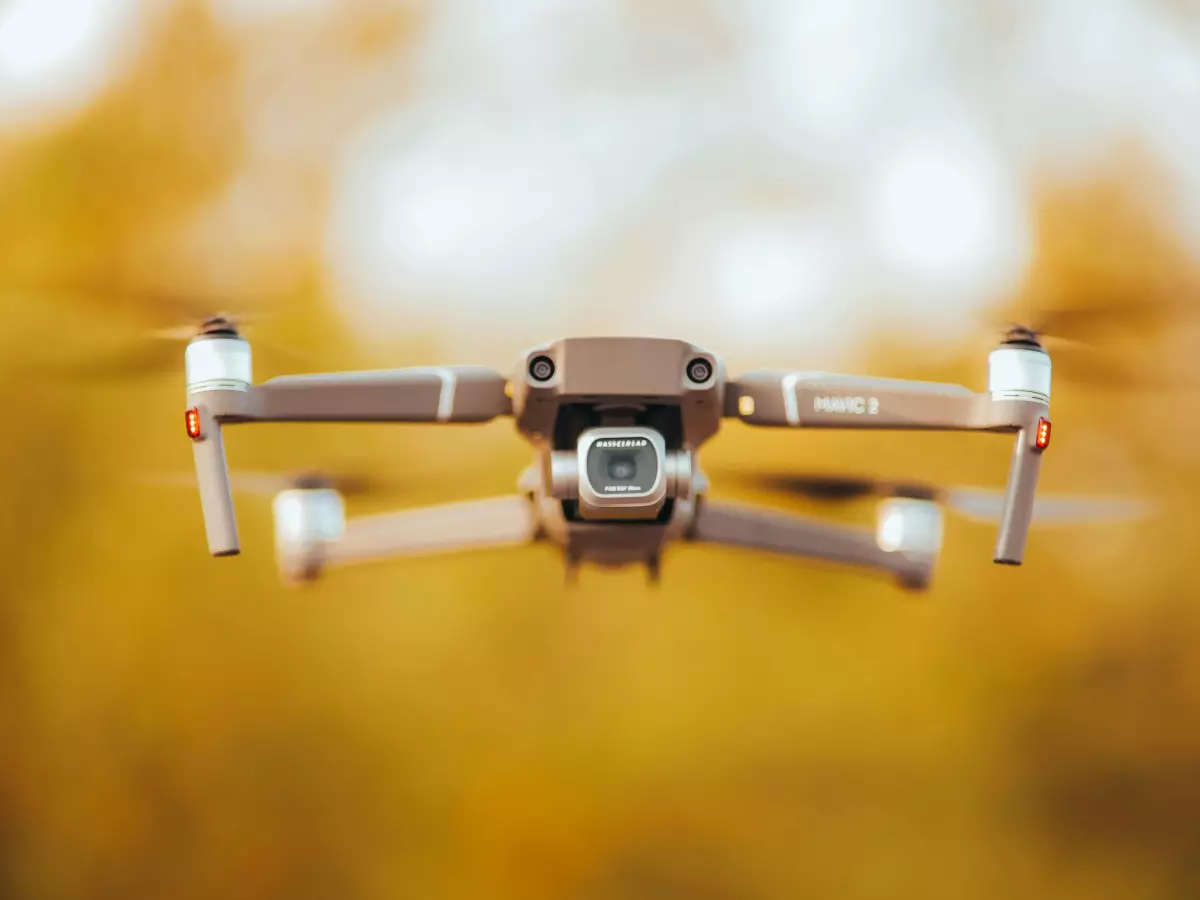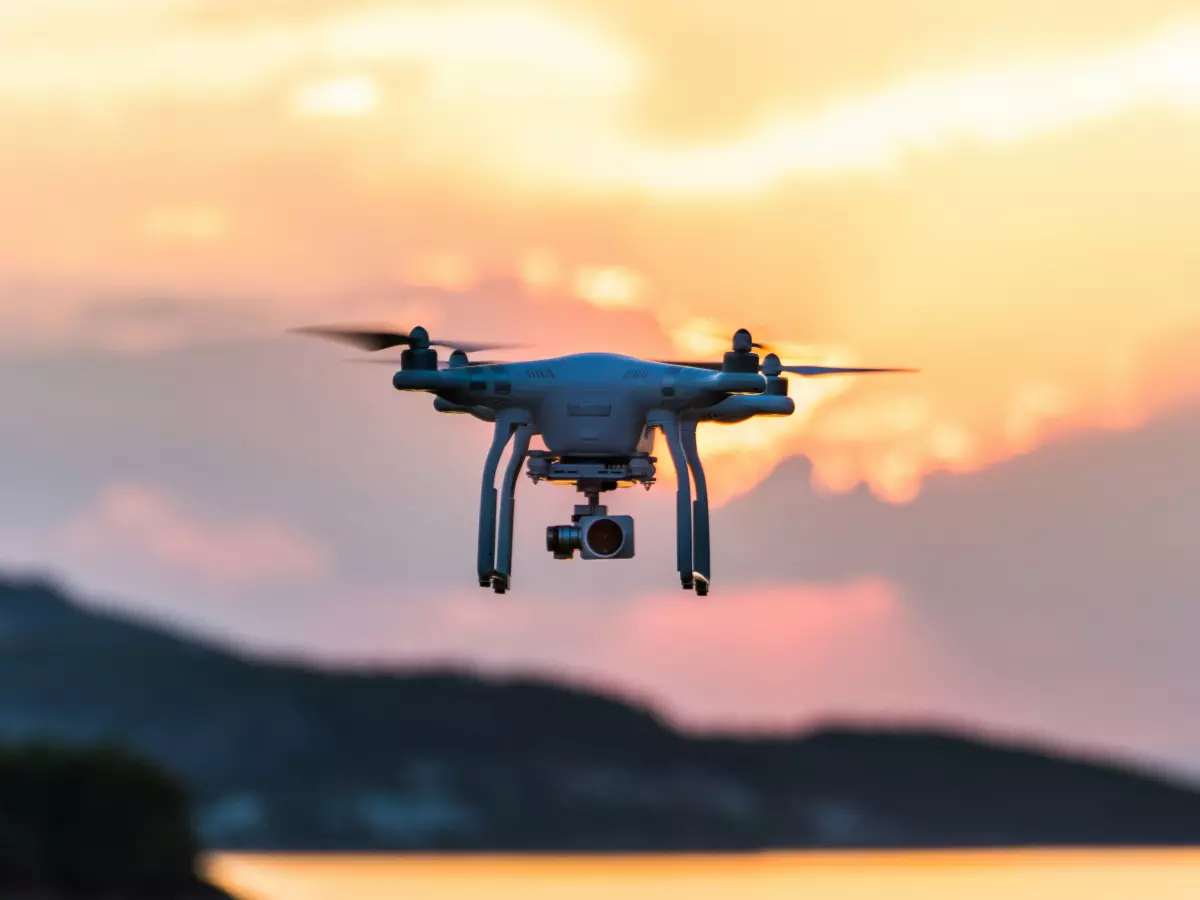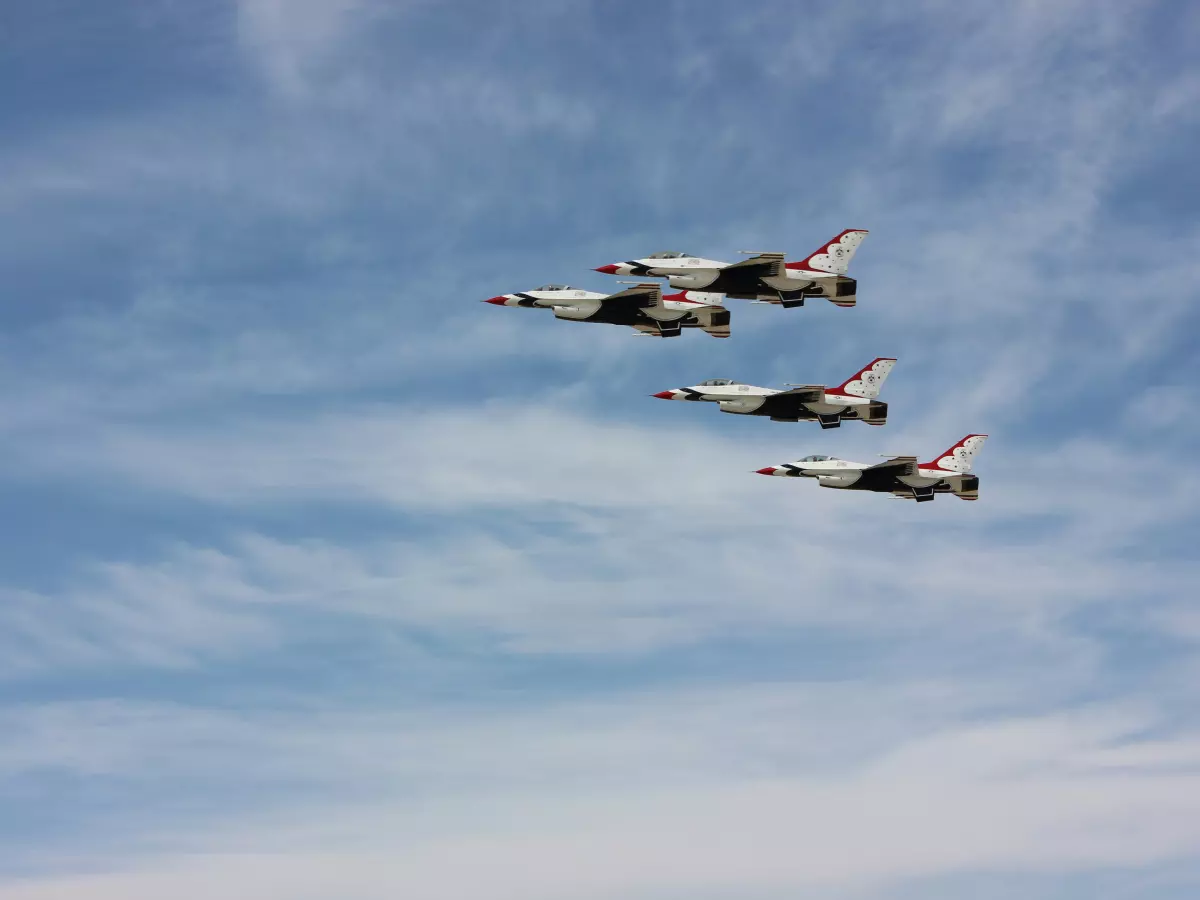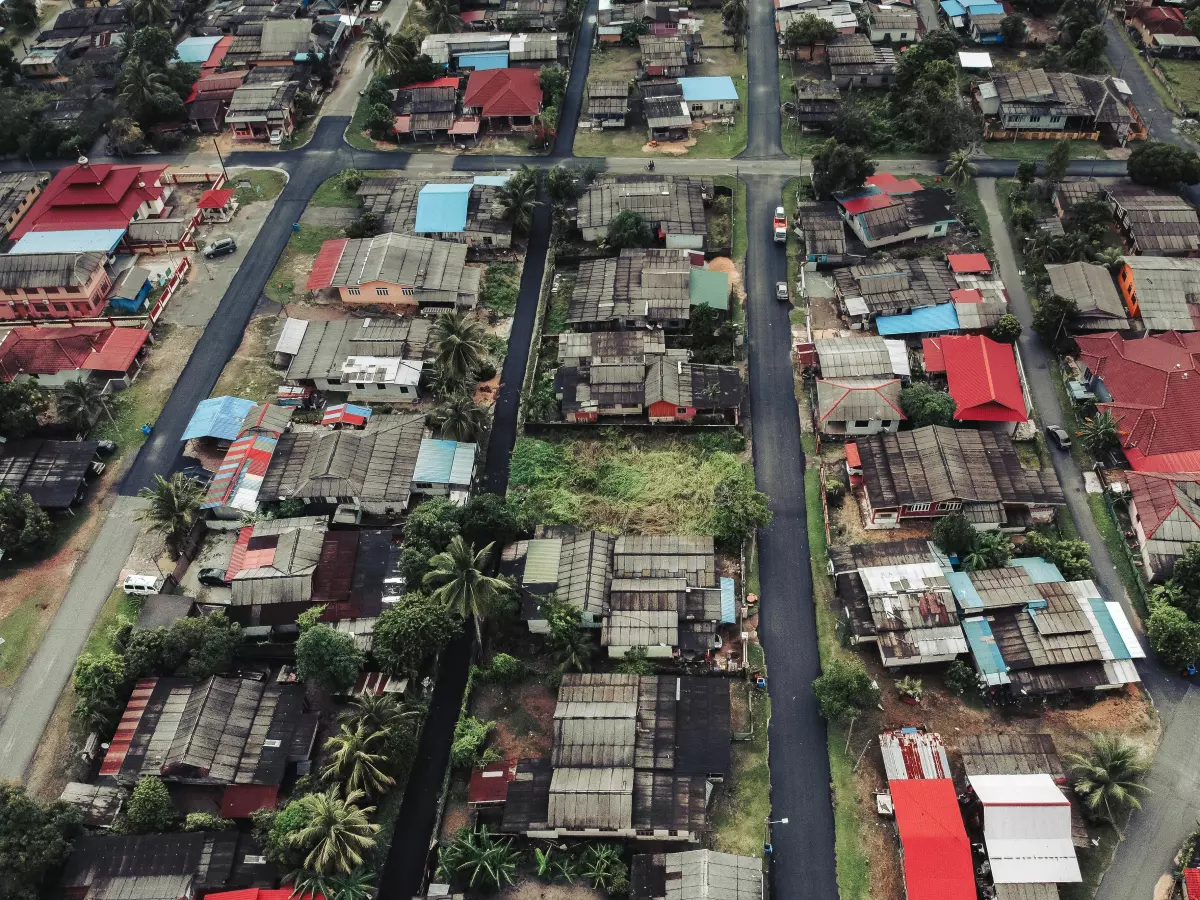Resilient Flight
Drones have come a long way since their early days when a gust of wind or a minor system glitch could send them crashing to the ground. Today, drones are equipped with sophisticated flight control software that not only keeps them airborne but also ensures they can handle failures and unexpected situations with impressive resilience.
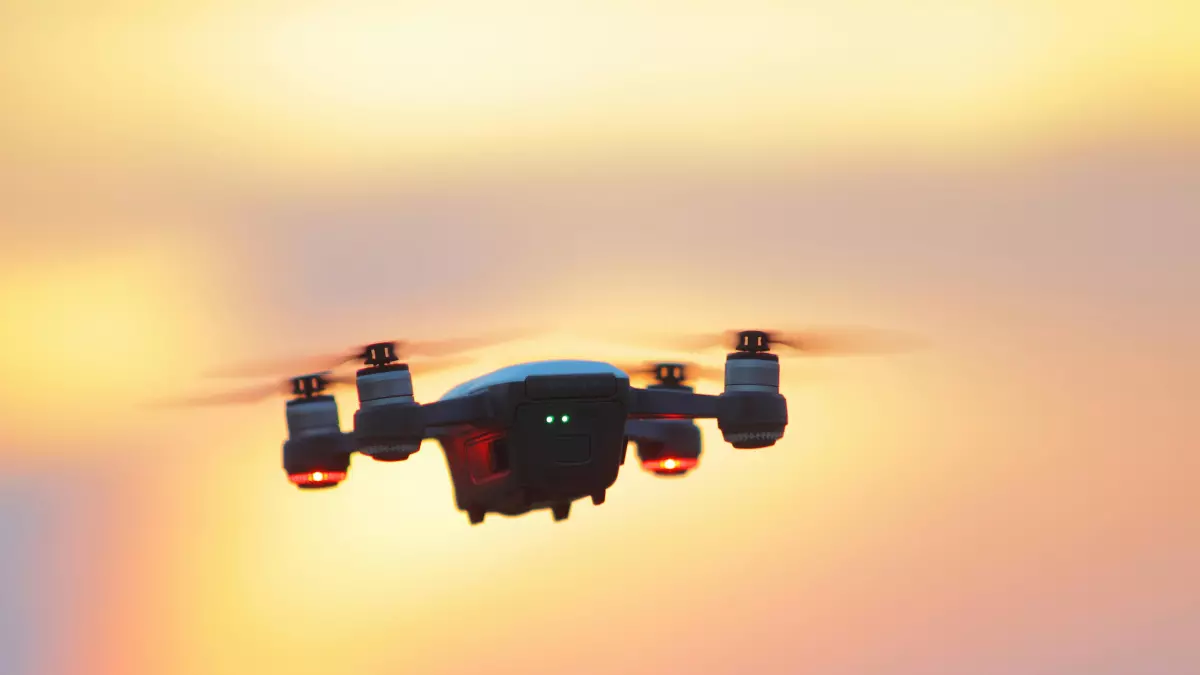
By Hannah White
Let's face it—flying a drone isn't always smooth sailing. Whether it's a hardware malfunction, sensor failure, or even a sudden change in weather, drones face a variety of challenges in the air. And while we often focus on the shiny features like autonomous flight and sensor fusion, there's a less glamorous but equally important aspect of drone technology: failure management.
How does your drone stay in the air when something goes wrong? The answer lies in the flight control software, which is designed to detect, diagnose, and respond to failures in real-time. This software is the unsung hero of drone autonomy, ensuring that your drone can adapt to problems and keep flying safely.
Failure Detection: The First Line of Defense
Failure detection is where it all begins. Drones are equipped with a range of sensors that constantly monitor the system's health. These sensors feed data into the flight control software, which continuously checks for anomalies. Whether it's a motor overheating, a GPS signal dropping out, or a battery running low, the software is on high alert.
But here's the kicker: the software doesn't just wait for something to go wrong. It actively predicts potential failures by analyzing patterns in the data. This predictive capability allows the drone to take preemptive action, such as adjusting its flight path or reducing speed, to avoid a full-blown failure.
Redundancy: Backup Systems to the Rescue
When something does go wrong, redundancy is the key to keeping the drone in the air. Most drones are designed with multiple backup systems for critical components like motors, sensors, and communication links. If one system fails, the flight control software seamlessly switches to a backup without missing a beat.
For example, if a motor fails mid-flight, the software can redistribute power to the remaining motors to maintain stability. Similarly, if a sensor goes offline, the software can rely on data from other sensors to fill in the gaps. This redundancy ensures that the drone can continue flying, even in the face of multiple failures.
Autonomous Decision-Making: When to Land, When to Keep Flying
Of course, not every failure can be fixed in the air. Sometimes, the best course of action is to land the drone safely. The flight control software is responsible for making this decision autonomously. It evaluates the severity of the failure and determines whether it's safe to continue flying or if an emergency landing is necessary.
For instance, if the battery is critically low or the GPS signal is lost for an extended period, the software may decide to initiate a controlled descent to a safe landing spot. In some cases, the drone may even return to its takeoff point using its last known coordinates, ensuring that it doesn't get lost or crash in an unknown location.
The Future of Failure Management in Drones
As drones become more autonomous and are deployed in increasingly complex environments, the need for advanced failure management systems will only grow. Future flight control software will likely incorporate even more sophisticated AI-driven algorithms that can predict and respond to failures with greater precision.
We may also see drones equipped with self-repair capabilities, where the software can not only detect and respond to failures but also initiate repairs on the fly. Imagine a drone that can fix a broken propeller mid-flight or recalibrate its sensors without needing to land—now that's next-level resilience!
In the end, while we may marvel at the autonomy and intelligence of modern drones, it's their ability to handle failures that truly sets them apart. The next time your drone encounters a problem and keeps flying like nothing happened, remember to thank the flight control software working tirelessly behind the scenes.
